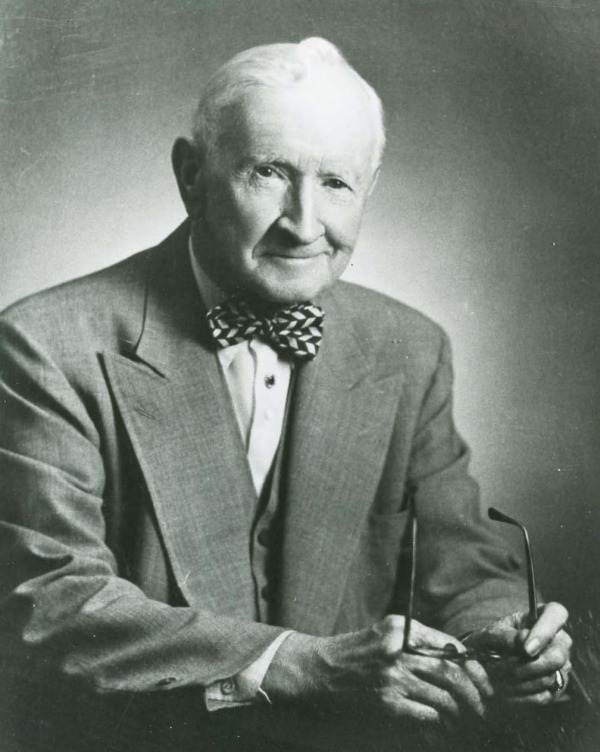Home | Canadian Firsts in Sport | Five Sports Invented in Canada
Five pin bowling
PreviousNext
Innovation, creativity, curiosity, adaptability, collaboration, community and inclusiveness were all values behind the Canadian invention and growth of one of the world's most popular sports, five-pin bowling.
Bowling has always been a popular sport throughout history but making bowling accessible to all was another matter. Tommy Ryan, who was born in Guelph in 1872, ran a billiard hall in Toronto at the turn of the 20th Century. As a naturally charismatic leader who enjoyed connecting with people, Ryan had become aware of how popular ten-pin bowling had become in the U.S. and opened Canada's first regulation ten-pin bowling club.
Despite its enormous popularity, ten-pin bowling was a difficult sport for most people who had to literally 'lug' huge 16-pound balls to and from the club and who couldn't afford the large amounts of time the game took to play. With no sense of sticking with convention or worry about breaking tradition, Ryan started to adapt, tinker and experiment with ten-pin bowling to invent a game that more people could play but that still held the natural appeal of bowling.
After many experiments, alterations and false-starts, five-pin bowling gradually came to life. Indeed, when Ryan solved one problem he soon realized he'd created another. Thus, in making the pins and bowling balls lighter and so much easier for most people to bowl, when struck the pins would fly through the air with frightening noise and speed! By 1912, Ryan had solved this problem by adding a thick rubber band to the belly of the pin.
This gradual development is why the sport has no official start date, but rather evolved into life between 1908 and1912 and became so popular that by the middle of the century it was Canada's fastest growing sport that is today played by a complete range of people, from young children to senior adults.

Thomas "Tommy" Ryan opened Canada's first 10-pin bowling alley in 1905 in Toronto. His customers complained that the 16-pound bowling ball was too heavy and that the game took too long to finish. Ryan experimented with other bowling games and eventually created a game called 5-pin bowling by 1909 that used smaller balls, five lighter pins and a new scoring system. He never patented his invention and thus did not profit from it.
Collection: Canada's Sports Hall of Fame

Early bowling pins used in five-pin like this one were made of plastic-coated maple with a coloured rubber ring. The base of the pin could be sanded to ensure they sat flat on the bowling lane. The pins are set up in a V-shape and each pin has a different point value, allowing for more strategy in playing the game. A strike, which knocks down all the pins with one throw, counts for fifteen points. A perfect game of 450 consists of twelve consecutive strikes in the same game.
Collection: Canada's Sports Hall of Fame

When Tommy Ryan first developed the game he had to create baffles to stop the pins from flying over the alley when hit by the ball. The pin setter shown in this image from 1945 sat above the pins and would send the ball back on the return and set up the pins. The first automated pin set-up and return system was used in 1957.
Collection: Library and Archives Canada

When Tommy Ryan opened his bowling alley bowling was considered a gentleman's game and no women were allowed in his establishment. Today the sport, which is played primarily in Canada, is enjoyed by all ages and genders.
Collection: Canada's Sports Hall of Fame

Rusty Drew developed an extender stick for use in curling. He also created a delivery stick for use in five-pin bowling. The ball sits in the head of the stick and the user throws the ball using the handle. This innovation has allowed bowlers with disabilities to play the game.
Collection: Drew & Associates, David Dafoe
Previous Next


